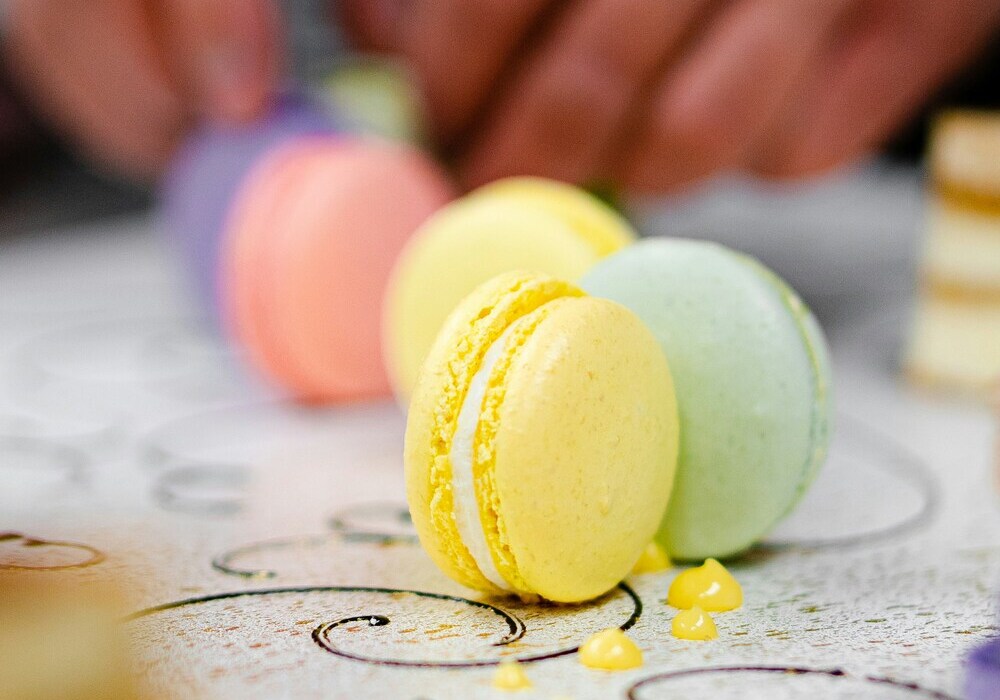The boom of natural colourants
More and more customers are paying attention not only to the appearance of cakes and desserts, but also to the ingredients used.
Among the ingredients under the magnifying glass are precisely them: food colourings.
While synthetic colourings continue to cause controversy due to their potential negative effects on health, there is an increasing demand for natural, safer, sustainable and beneficial alternatives.
The result?
A veritable boom in natural colourants, especially in confectionery and ice cream parlours, where aesthetics and quality must necessarily go hand in hand.
Continue reading this issue to find out in detail:
- Why do more and more people choose natural colorants?
- A natural, yet surprising palette!
- Some challenges (and how to overcome them)
Ok, are you with me?
Let’s begin!
Why are more and more professionals choosing natural dyes?


Today, colour is no longer just a matter of aesthetics: it is a value.
Natural dyes, which are derived from plants, fruits, spices and even insects, make it possible to achieve vibrant tones without compromising health.
But that's not all: many of these pigments are rich in antioxidants, vitamins and minerals, thus adding nutritional value to the end product.
Furthermore, unlike many artificial colourings, they are free of common allergens.
A detail that makes all the difference for those suffering from intolerances or allergies, a constantly growing segment of the public.
A natural, yet surprising palette!
Here are some of the most popular natural colourings used in confectionery today:
- Curcumin (egg yellow) - extracted from turmeric
- Anatto (reddish yellow) - from the seeds of Bixa orellana
- Lutein (orange-yellow) - from marigold flowers
- Carmine (deep red) - from cochineal
- Charcoal (black) - from woods such as beech and birch
By mixing these pigments, it is possible to create infinite shades and to adapt the colours to every type of preparation, from the most classic to the most modern and daring creations.
Some challenges (and how to overcome them)
Obviously, the use of natural dyes requires some extra care:
- Colour rendering can be less intense than with synthetic dyes.
- They are sensitive to pH, light and heat, so must be treated with care.
- Sometimes it is necessary to increase the doses to achieve a striking visual effect, with possible effects on taste and texture.
But don't worry: with good knowledge of the raw materials and a few technical tricks (such as adding natural antioxidants or proper storage in a cool, dry place), excellent results can be achieved.
